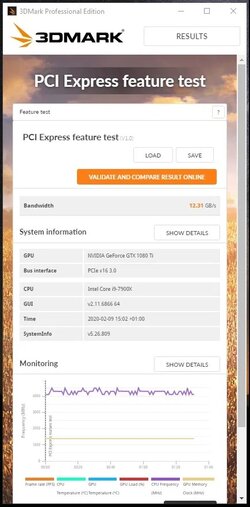But not in the mass mainstream. There were the AMD X6 and the "8 core" Bulldozer designs, but neither took off in great numbers. I wouldn't count HEDT as mainstream either. So basically back a decade plus to around Core 2 era, what the vast majority of people had was up to 4 cores.
IMO many things that can scale to more cores are already here, so they can make good use of more cores if you were to have them. Some things will never scale. Then we have a small zone where things might scale better but haven't quite got there yet. So basically more cores is more of a cost consideration. How much do those cores cost, and where do you draw your value line?
